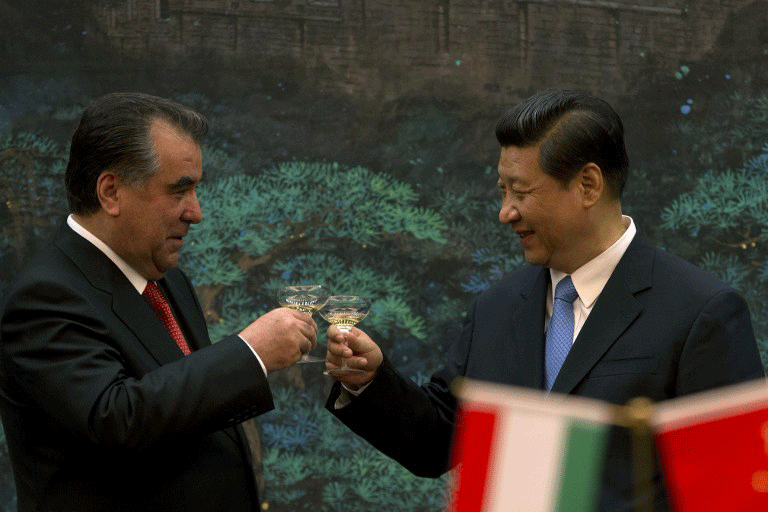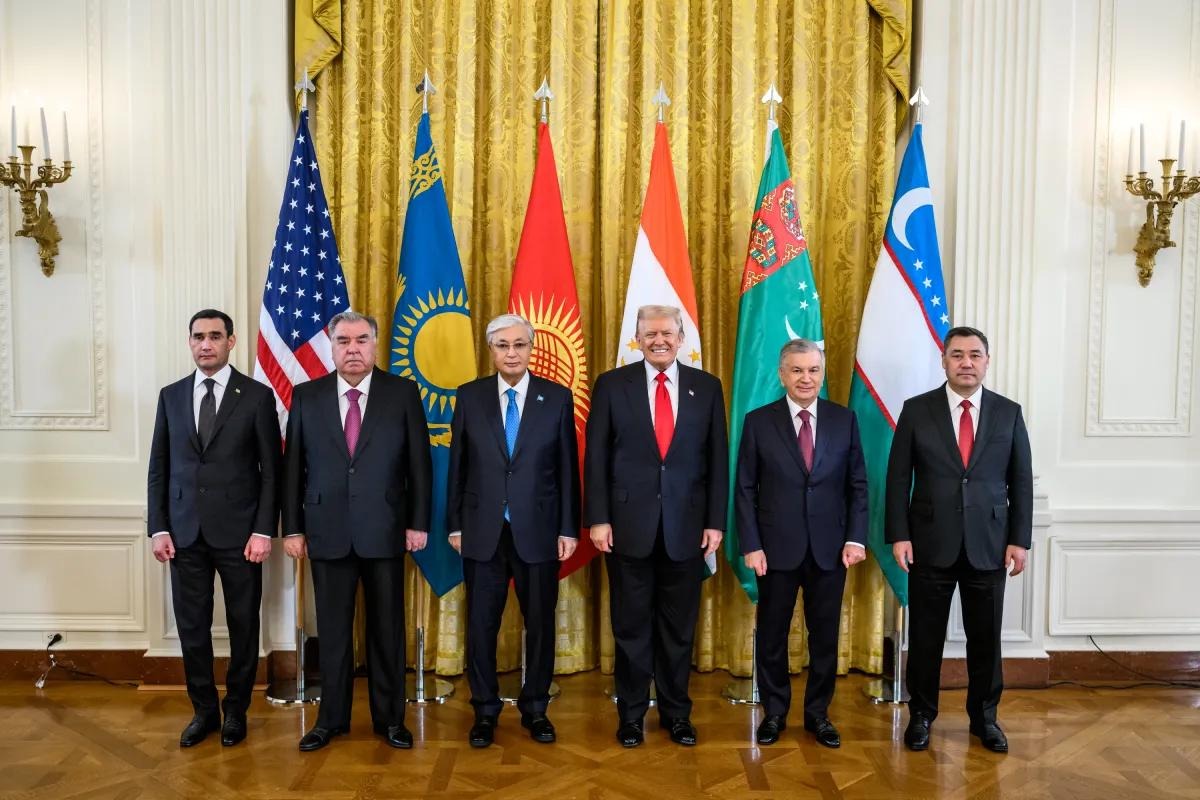
China Quietly Displacing Both Russia and US From Central Asia
China Quietly Displacing Both Russia and US From Central Asia
Since 1991, the influence of the Russian Federation in Central Asia has been on the decline, and many have assumed that the United States would move in to fill the resulting vacuum. US influence has indeed increased, at least in certain countries of that strategically important region. But a far more important external player there now is China, which is engaged in what some observers call “a quiet expansion” or even “the Sinification” of Central Asian countries (see China Brief, July 29, 2011; see EDM, January 24, 2011; November 3, 2015; February 10, 2016; March 10, 2016; April 8, 2016).
Although they are often overlooked, China has some real advantages in this effort. It is geographically closer; it is Asian and therefore not associated with past empires, Russian or Western; it does not share the concerns of Russia about retaining control at all costs, or of the United States about promoting democracy and human rights. And in contrast to the two other players, it has enormous financial resources it can put in play to help the hard-pressed countries in Central Asia.
Nowhere has the spread of Chinese influence been greater than in Tajikistan. Dushanbe-based commentator Arkady Barayev says that this has been the result of a longstanding calculation. Namely, China has always sought first to expand into neighboring countries that are internally weak. There, it establishes its influence by taking control of industrial enterprises and natural resources. Only after that does it push to dominate the political sphere or even “seize” territory (Centrasia.ru, July 27).
Tajikistan has been ripe for Chinese picking, the commentator says, because this small, mountainous Central Asian republic suffered almost a decade of civil war in the immediate aftermath of independence, because of its lack of an industrial base and natural resources other than water, because of the continuing threats from neighboring Afghanistan, and because of Dushanbe’s failure to develop the economy even to the extent that it could. Consequently, Beijing has “begun to extend its financial influence in various spheres of the [Tajikistani] economy, to buy up industries and to take control of agricultural land.” The result, he notes, is that “we have become completely dependent on China” because the country has been “filled up by Chinese entrepreneurs.”
Not wanting to call attention to the influx of Chinese workers, businessmen and money, Dushanbe has tried to play down the numbers. But even official government figures show a dramatic growth in all these categories over the last several years. According to the authorities, the growth in the number of Chinese nationals living and working in Tajikistan has increased by 30 percent since 2015; and unofficial estimates suggest that there are now 150,000 Chinese working in Tajikistan, even though the government says that the total quotas for foreign workers is only 8,000 a year.
That Chinese firms are purchasing Tajikistani ones is obvious to any visitor of any city in Tajikistan, Barayev continues. One only has to look at the names on the factories and the faces of those in the front offices of these companies. But given the relatively small size of the industrial sector in this Central Asian republic, a much more important Chinese influx has occurred in the countryside, where officials are renting an increasing amount of land to Chinese farmers for 49-year terms. In Khatlon oblast, the commentator reports, the amount of land controlled by China has risen by 3,000 percent over the last several years. Even if that is an exaggeration, it suggests that the Chinese are playing an ever larger role in what is Tajikistan’s most important economic sector.
What is still more ominous, Barayev says, is that there is evidence that the Chinese are obtaining the best land with the most water, likely by paying off local officials. In Tajikistan, access to water is, in many cases, the key to control (Elizabeth Bacon, Central Asians under Russian Rule, Cornell, 1966). Local people say the Chinese are thus able to produce more for every hectare than Tajikistani farmer, thus depressing commodity prices and forcing more locals off their land. This, in turn, allows the Chinese to gain still more territory at fire sale prices. At the same time, even Tajikistan’s residents concede the Chinese farmers in their country are especially hard workers and thus do better than the locals even on the same amount of land of the same quality.
Not surprisingly, these trends have sparked “conflicts between Tajiks and the Chinese,” Barayev continues, conflicts that have become increasingly frequent given that Chinese landlords, even if they are nominally renting land from the state, hire Tajikistani laborers and then treat them as “second class” people by lording over them and by paying them less than they pay Chinese workers. Such clashes have remained at the local level, but they may prove to be a landmine on the road to further “Sinification” of Tajikistan and of other Central Asian countries.
But for the time being, “this quiet expansion has already led to a situation in which the main part of the profitable enterprises in Tajikistan have gradually passed into the hands of the Chinese.” As a result, “the Tajiks have ceased to be masters in their own country,” the Dushanbe commentator concludes; and their once independent country “is being transformed into a colony of its more successful neighbor.”


